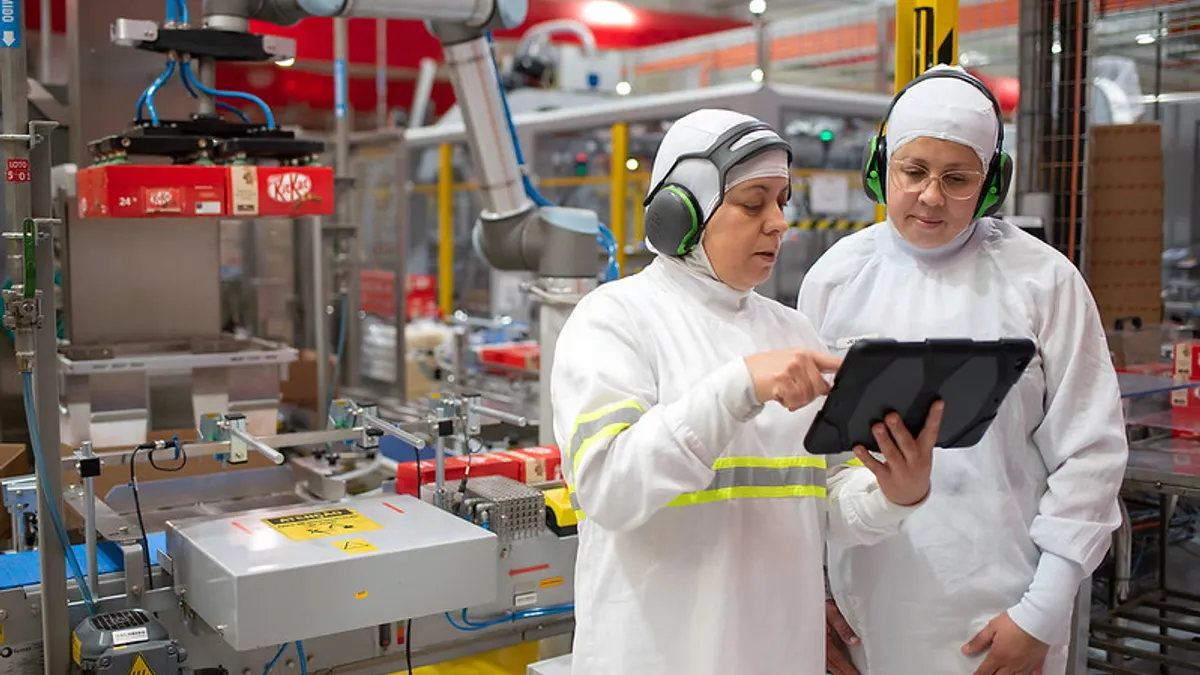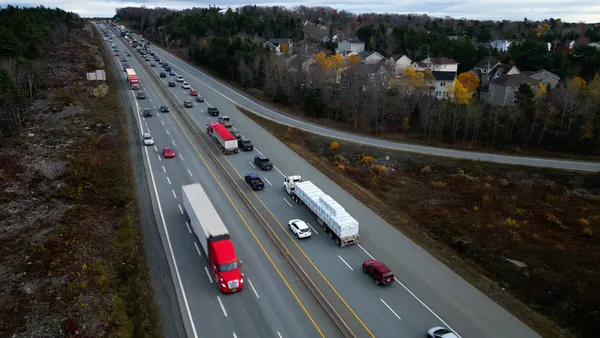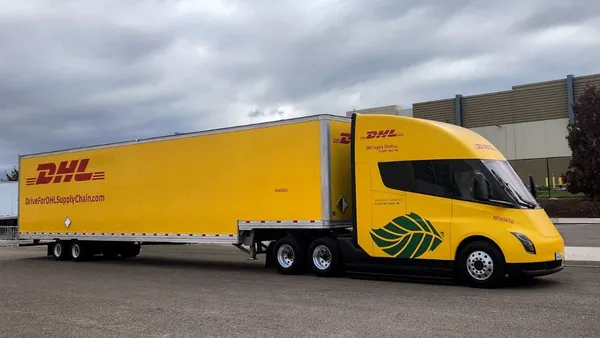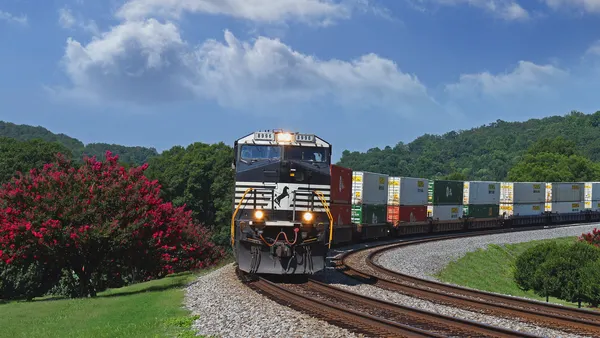When tariffs dominate headlines, it’s easy to get caught up in the moment. But for supply chain leaders, the real question isn’t “How do we survive this?” It’s “How do we position ourselves to thrive—no matter what comes next?”
Whether it’s tariffs, a global health crisis, natural disasters, or material shortages, supply chain disruptions are no longer an exception—it’s part of the operating environment. In this new reality, the most successful companies aren’t the ones who scramble hardest during a crisis. They’re the ones who prepare before it hits.
They shift from reactive to proactive. From just-in-time to just-in-case. From fragmented to integrated.
And they don’t just prepare alone. They partner wisely—upstream, downstream and everywhere in between.
From tactical sourcing to strategic flexibility
One of the clearest signs of this shift is happening on the sourcing side.
As new tariffs roll out and trade relationships continue to evolve, shippers that were once reliant on China as a sole manufacturing source are now scrambling to diversify. But the challenge isn’t just about “getting out of China.” It’s about creating sourcing strategies that hold up across any geopolitical or economic landscape.
For many, this means moving from single-country dependency to a regionally diverse supplier base that includes countries like Vietnam, Mexico, India and others in Southeast Asia and Latin America. It also means rethinking procurement criteria—not just price per unit, but total landed cost, production lead times, currency risk and the stability of logistics networks serving each market.
Some companies are doubling down on nearshoring and reshoring to shorten supply chains and reduce their exposure to ocean volatility. Others are using a “China+1” approach to build redundancy. The common thread? Optionality. Flexibility. And the ability to pivot quickly.
It’s not just about saving money. It’s about protecting continuity.
The freight strategy behind the freight strategy
Of course, even the smartest sourcing plan falls apart without the logistics network to support it.
That’s why companies are rethinking their transportation strategies with the same level of rigor. The days of selecting carriers based on lowest rate alone are over. Instead, shippers are asking:
- Can this provider support us across multiple modes and geographies?
- Are they financially stable and built for the long haul?
- Do they offer capacity even when the market tightens?
- Will they prioritize us when demand spikes?
This shift isn’t theoretical. It’s already reshaping how supply chains operate.
Transactional, spot-based carrier relationships are giving way to long-term strategic partnerships. Shippers are aligning with providers who can offer not just one solution, but a spectrum—from port drayage to transloading, LTL to truckload, warehousing to final mile. They want partners who understand their business and can grow with them.
And in moments of disruption—when the “break glass in case of emergency” call goes out—relationships matter. Strategic customers with long-term partnerships are more likely to get that truck, that container, that warehouse space. Not just because they’re bigger—but because they planned ahead.
Lessons from the last disruption (and the one before that)
If the past few years have taught us anything, it’s that supply chain volatility is not a rare event.
Think back to the early months of the pandemic. Demand shifted rapidly. Ports were backed up. Containers were unavailable. Ocean schedules unraveled. Warehouses overflowed. Equipment sat in the wrong places. Labor was scarce. Capacity vanished.
And before that? Trade wars. And before that? Hurricanes. And so on.
In every case, some companies lost time, money and customers. Others gained ground, built resilience and came out stronger. The difference? Preparation. Network flexibility. The right partners.
The companies that invested in scenario planning, diversified sourcing and scalable logistics solutions weren’t just lucky—they were ready.
Resilience is the new competitive advantage
Let’s be honest: no amount of planning eliminates risk. But the best supply chains today are not built on avoiding disruption—they’re built to absorb and adapt to it.
That starts with visibility, communication and alignment across your organization—from procurement to logistics to customer service. It extends to your partners and providers, who should be an extension of your operations, not a black box.
And it requires doing the hard work before the headlines hit:
- Vetting carrier and supplier financial stability
- Running “what if” capacity and inventory scenarios
- Building flexible multimodal transportation plans
- Creating redundancy across warehouse and distribution footprints
- Avoiding overreliance on single ports or lanes
Yes, this takes time. But not nearly as much time—or money—as recovering from a major disruption unprepared.
The role of providers in the new supply chain equation
For logistics providers, this is a call to action as much as it is for shippers.
It’s not enough to offer capacity when things are easy. Providers must demonstrate they can flex during peak periods, help customers navigate shifting conditions and provide proactive insight—not just reactive service.
More importantly, they must build relationships on trust, transparency and a shared commitment to long-term success.
That’s why at Averitt, we’ve built our business around end-to-end flexibility, financial strength and a customer-first culture. As a privately held, debt-free company with more than 50 years in the industry, we know what it takes to lead through volatility—not just survive it.
Through The Power of One, our approach to integrated logistics, Averitt gives shippers access to every link in the supply chain—from international forwarding and port drayage to warehousing, LTL, truckload and final mile—all with one point of contact and one trusted team. It’s a simpler, smarter way to plan, scale and adapt—especially when the unexpected happens.
Because when disruption hits, it's not just about having a solution. It's about having the right partner already in place.
Learn more at Averitt.com/Capabilities.










